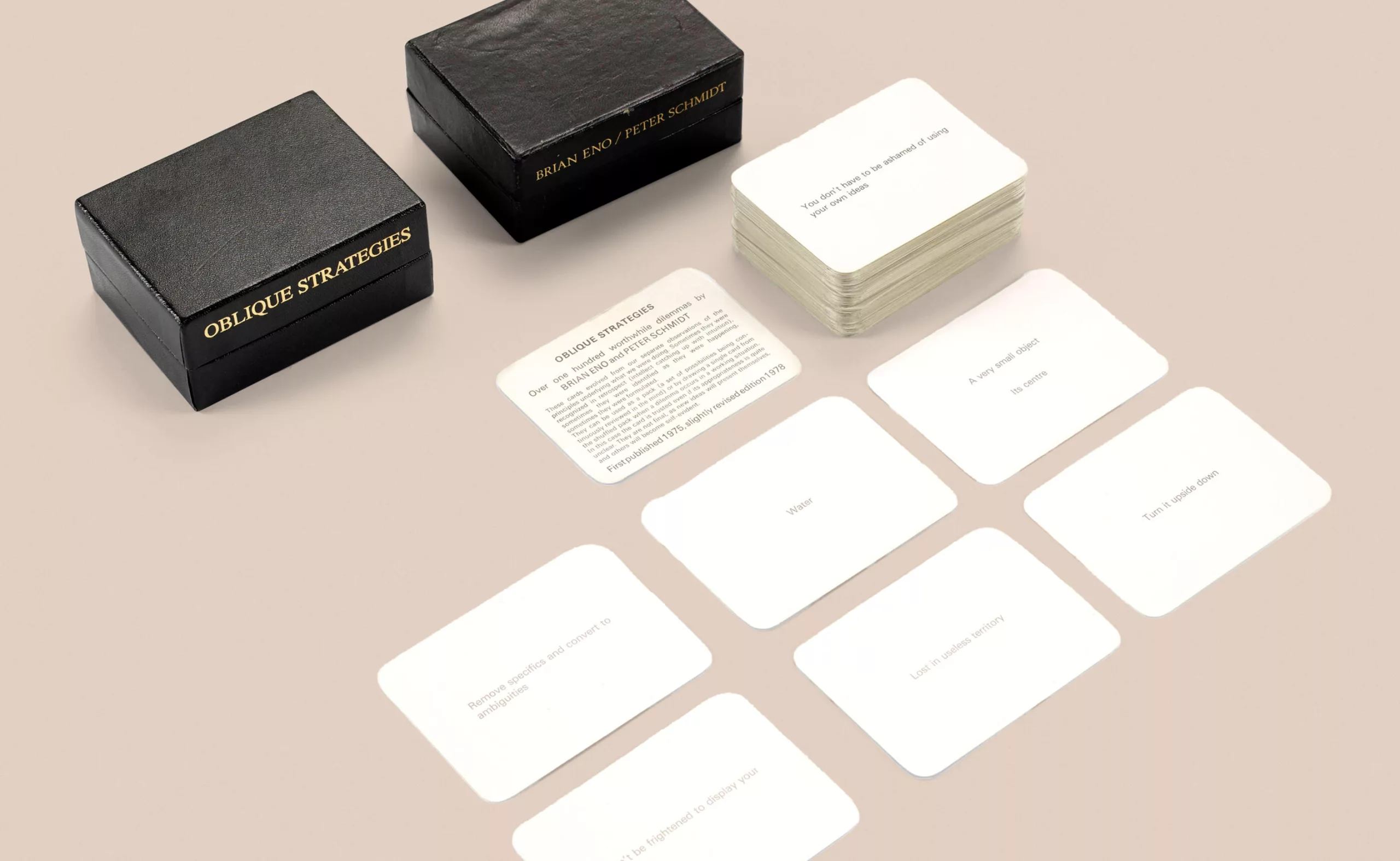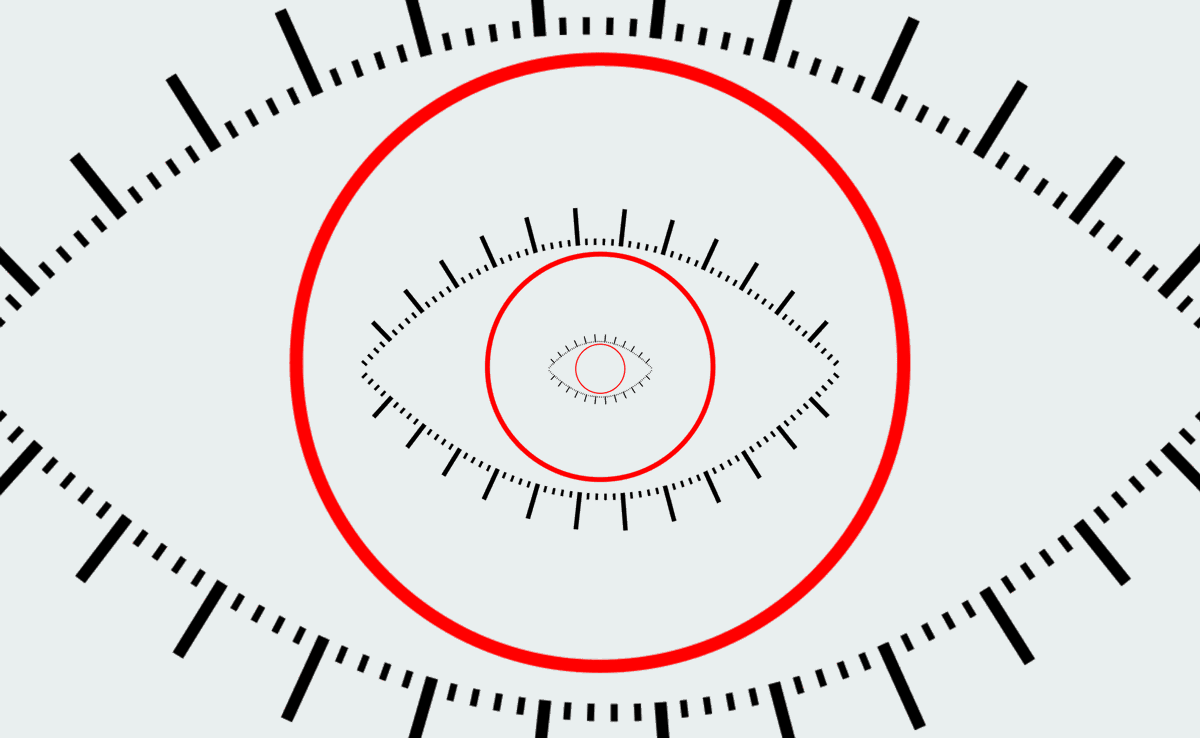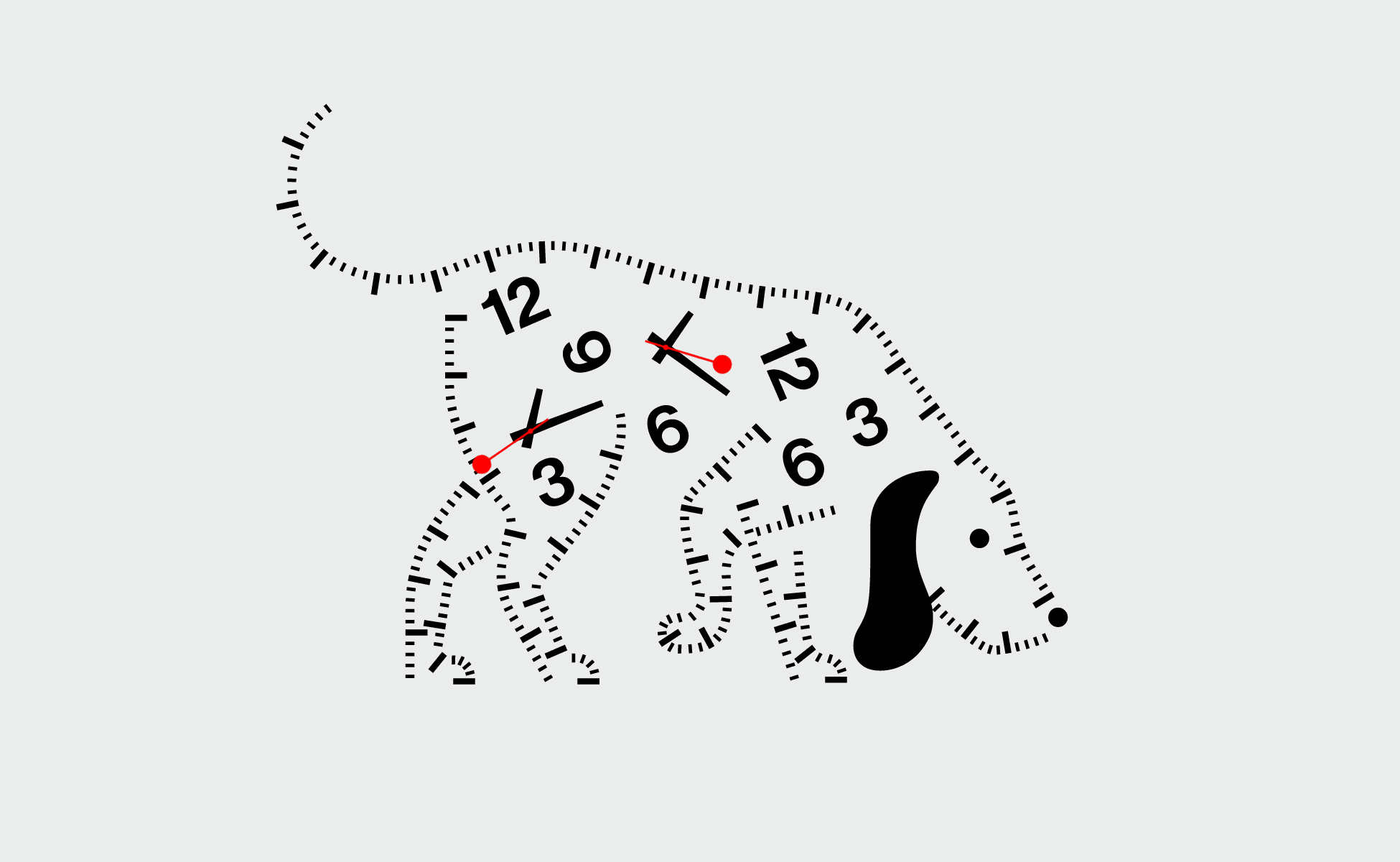Time and creation #02 : how does time impact our creative brain?
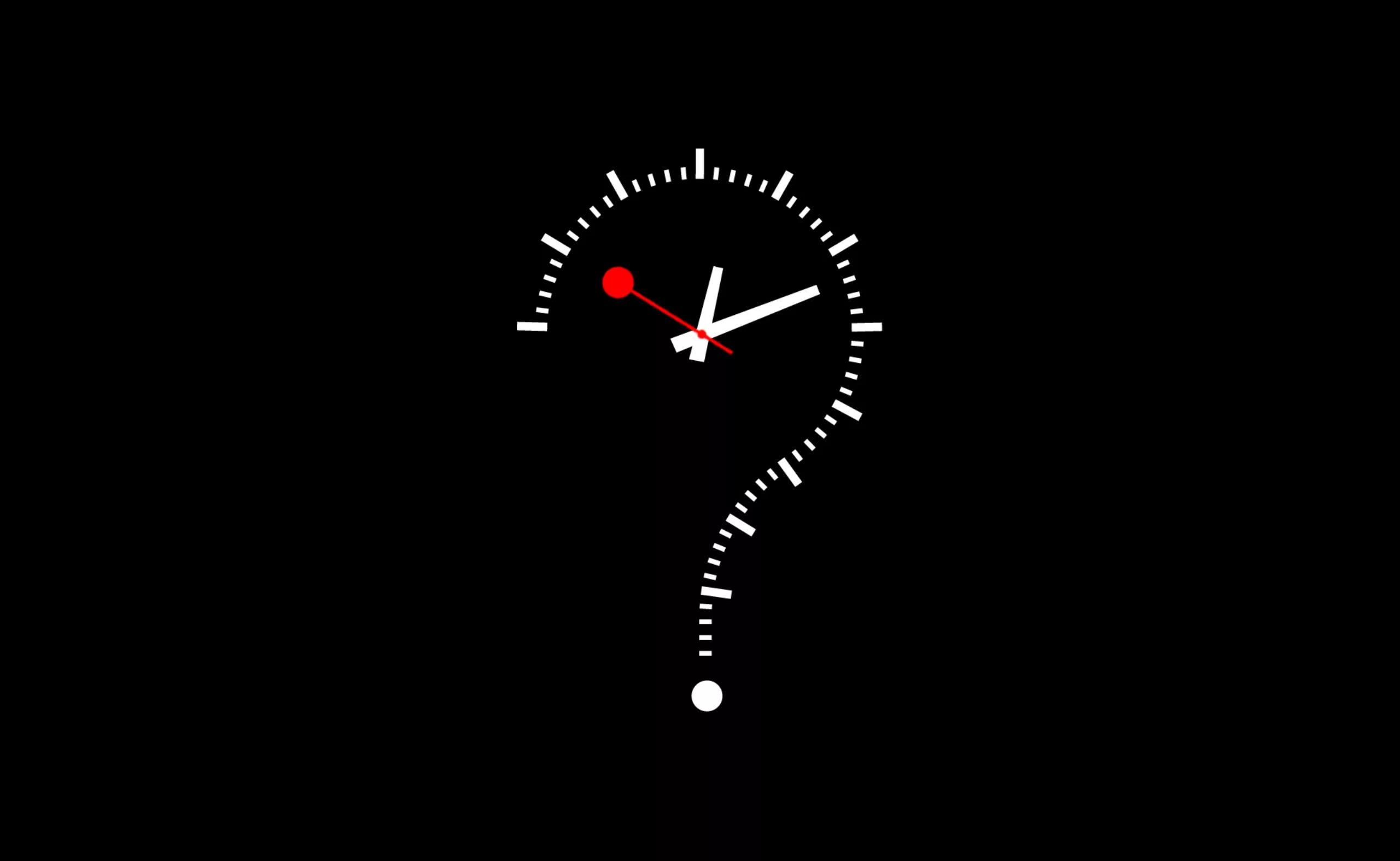
Here is our second article of our series about time and creativity. The idea is to tackle the relationship between time and creation from different angles, be it about the time we spend creating, time management, psychological mechanisms, history, etc…
Here are the articles we’ll publish :
01 – Working flat out, a tiring tradition
Historical and societal approach: the origin of the expression “charrette” and our relationship to flat out work in our societies
02 – The impact of time on our creative brain
Scientific approach: the way our brain perceives time, the mechanisms that are triggered when we work under pressure, and how stimulants boost our performance
03 – In search of creative time
Human approach: what is creativity and what does it depend on to blossom
04 – Optimize and boost creativity with flow
Methodological approach: some practical techniques to be more creative and reach flow, an optimal state of consciousness
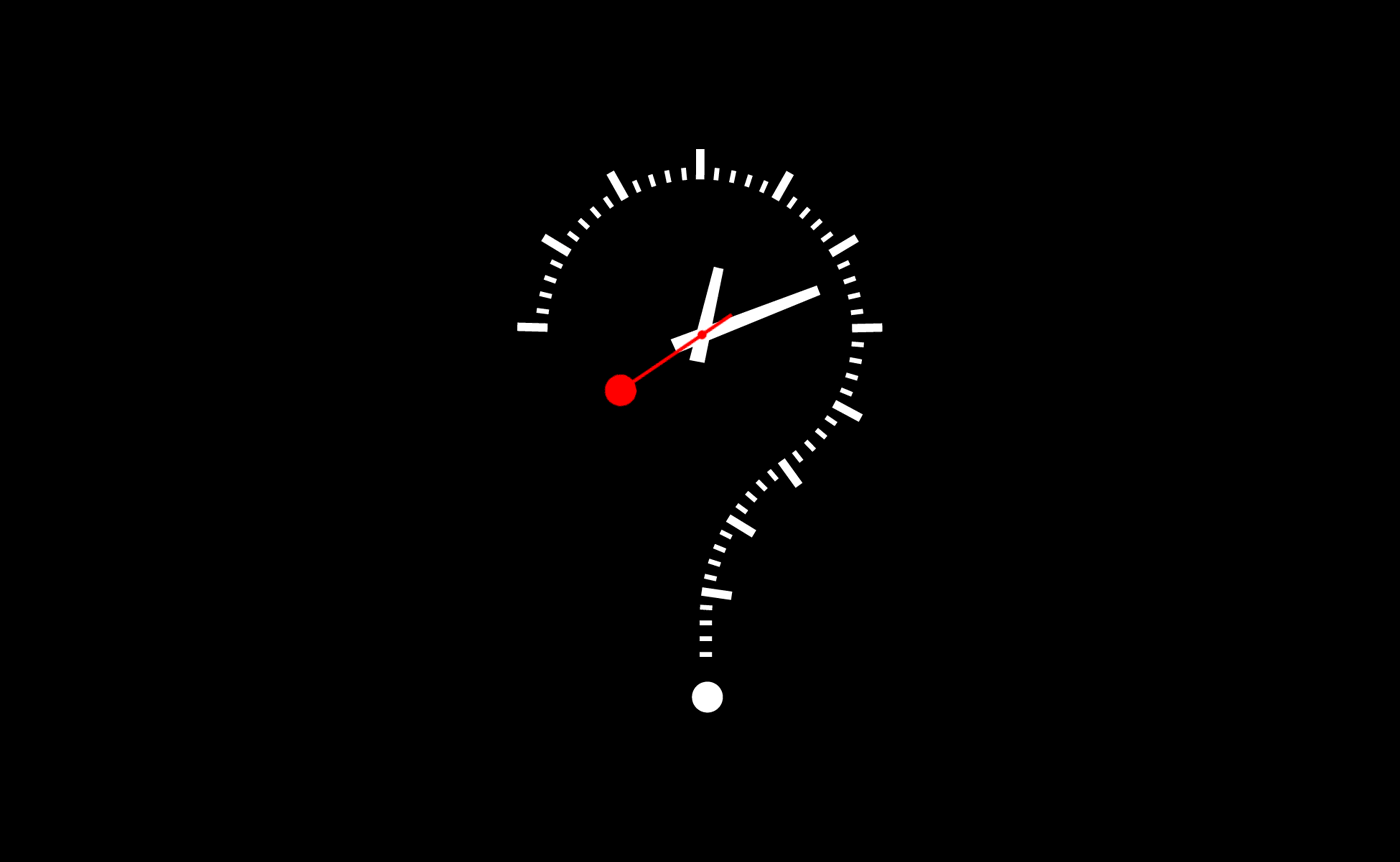
At Graphéine we’ re interested in everything, as long as it is related to visual creation. This time, we wanted to know what goes on up there in our brain when we work under pressure, at the last minute (since this seems to be very common in our profession and in the creative world in general).
Why does time sometimes seem to slow down or fly when we’re creating? Does pressure really make us more efficient? And finally, is there nothing but stimulants and drugs to promote creativity? We read a lot of scientific articles, very philosophical books, or listened to soporific conferences and here is what we have cooked up to answer the question of time pressure on creative efficiency.
What is time?
Doing creative flat out work means creating under pressure in a limited time. This raises existential questions such as: does time really exist? A vast subject that takes us back to our first year philosophy program. Let’s try to take a look at it, from a philosophical and scientific point of view.
Time is elastic and multiple. There are indeed several times : the internal clock (estimated durations), the biological clock (the night-day cycle, shared with animals), the pastoral time (the cycle of seasons), the calendar (cyclical, social), the watches (collective organization), one’s time of life in relation to the past, and towards death (autobiographical perspective, dissipation), History (several possible chronologies), physical time (a factor), mathematical time (measurable and continuous) and psychological time (which varies according to emotions). We might finally say with accuracy that the creative’s time and the client’s time are not the same, and that the creative’s time also depends on many factors.

Perceived time and time spent, two very different times
For humans, the perception of time, even though it is perceived, does not depend on one sense. It is an individual and subjective feeling, which depends on our beliefs, our emotions, who we are… but not only. Our perception of time, or the degree of organization of our time, is also a cultural factor that is not universal (contrary to the belief of some philosophers). Some people do not use watches nor celebrate birthdays, like the Tuaregs or the Papuans, and do not even have a birth date.
Where it is followed, time is above all a social symbol, an institution, to “regulate the behavior of the group, (…) an indispensable means of orientation to accomplish a host of diverse tasks”. Clocks, for example, are symbols that we learn to decipher, but they are not time as such. (In a science-fiction scenario, we could imagine an anarchist society that decides to free itself from the codes of time in order to free itself from what it would consider a social diktat, a constraint that nobody seems to question so far). But let’s go back to our clocks.
According to the philosopher Bergson, there are two types of temporality.
- Subjective temporality: it is experienced through changes of state (durations, rhythms), as a perceived duration. This temporality is inhomogeneous, and qualifying. This duration is specific to each person, and cannot be measured. For example; the time perceived and lived when we search for a creative idea, which can seem endless or fly when we are flat out.
- Relative temporality: the temporality of the world around us, as a social, scientific, abstract and homogeneous norm. This temporality is linear, regular. It is external to the human being, and can be measured. For example; the actual time spent (in hours, in days) while searching for this idea.
By looking a little more into the subjective, internal time, we focus on the way our brain works. It is designed to perceive durations, rhythms, simultaneity, but it can also estimate and anticipate them. How does the notion of time arise in our mind?

Our biological clock gives the beat
Our brain produces electrical impulses that go back and forth between several areas (the thalamus and the cortex, to be precise, and especially in the left hemisphere). These areas correlate accumulators and impulses and impose a rhythm on the brain thanks to the flow of neurotransmitters (more precisely, dopamine) that cross the neurons. These movements create the ticking of our internal clock.
In normal circumstances, the rhythm of our brain activity is stable. Our biological clock perceives short durations (less than a second) to allow anticipation, decision making, and to link a moment t to t+1. But our subjective perception of time changes according to the acceleration or slowing down of the rhythm of this internal clock, i.e. the variation of neurotransmitter flows. The rhythm can vary according to external stimuli such as strong emotions (in case of stress for example), the sight of a particular movement or even of food, an empathic reaction, or when taking drugs, stimulants and psychotropics. The subjective duration of time is thus modified and we have the impression that time passes more or less quickly.
To draw a parallel, imagine a large road network connecting cities (neurons). Each synapse would be a toll, connecting one city to another, and the neurotransmitters would be the cars going from one city to another carrying passengers, the nerve impulse. This is how our internal clock works, following the rhythm of the passage of more or less important “cars”, the neurotransmitters, through the tolls. All it takes is a construction project or a summer vacation, and the flow of cars gets out of control. It is also necessary to imagine that in our brain the cars pass the toll in “go fast” at full speed (without paying)…

Occasional stress gives the brain a boost
Yes, but when you work last minute? It all depends on the creative person’s character and we will see this point in a future article. Working flat out, the person can be very stressed by the deadline, or on the contrary be boosted by the challenge and project oneself into the task’s achievement. It can also be an opportunity to be very focused on the task and very efficient. Let’s first look at the first case.
Depending on our character, our organism can be put in a state of alert during intense stress: the electrical flow of signals transmitted by neurotransmitters increases, impulses and exchanges intensify, the rhythm accelerates: our organism distorts our perception of time and we have the sensation that time freezes. Our sympathetic nervous system goes into action and accelerates our metabolism. This primitive self-defense reflex allows us to act in no time: our whole body is stimulated, our muscles are ready to jump, our senses are more awake, our heart beats faster. The body acts without asking for the ” approval ” of the cortex and our survival instinct -a prehistoric heritage from the days when we risked being eaten by a wild animal- takes control.
As a result, under this adrenaline rush we are more alert and efficient, because we can react or do more things in the same effective time. This is the famous “fight or flight” reflex invented and studied by Walter Cannon in 1915, which allows animals (and therefore also humans) to fight, to flee, or to be tetanized in case of danger… Another option is that we become completely paralyzed when lacking time!
On the other hand, intense stress must not be permanent or repeated every night, otherwise it does the opposite. Chronic stress gradually replaces this adrenaline with cortisol, which disrupts our nervous system and memory and depletes our immune system, keeping our body in this constant state of alertness and fear. It can no longer keep up with the demands of its environment, which can lead to various illnesses and depression or burn-out in the long term… We will see solutions in another article.

Other people, on the contrary, will be boosted by the stress of the charrette, which fuels internal motivations such as the pleasure of finding a new idea or turning in a project, or external motivations such as the salary and peer or client recognition. In these cases, it is the projection into a near future, the end of the charrette and its positive consequences, that motivates the work. Stress becomes good stress: supported by a strong motivation, it allows creativity to spring forth.
Third possibility: entering the flow, an optimal state of consciousness in which we are at our maximum capacity. We’ll talk about it again just below, and in more detail in the 4th article of this series because you’ll see, you’ll want to try!
Dopamine, time messenger and desire vector
If all this is going on in our brain, it is largely due to neurotransmitters, such as dopamine. Dopamine, as we saw at the beginning of this article, is the main chemical messenger influencing our time perception since it plays a role in our biological clock. It does more! Dopamine is responsible for anticipation and motivation, which allows the body to behave (even take a risk) in order to satisfy a desire. Dopamine is called the “desire hormone” (and wrongly the “pleasure hormone”) because it allows us to get into action; it motivates us, literally. The more pleasurable the original stimulus is (eating, making love, taking drugs, alcohol, chocolate, receiving notifications on our smartphone… or reaching our goals and turning in a job on time), the more dopamine the brain secretes, and the more it associates that action or object with something even more pleasurable.
From then on, it is an endless circle: dopamine is released at the mere sight or thought of that particular object, substance, or person, whether the desire is fulfilled or not. This provokes a sensation of expectation, of anticipation of this pleasure, and of neuronal excitation. And who says neuronal excitation says stimulated brain, and request for action! It is because dopamine generates this need to seek reward and satisfaction that neuronal connections are reinforced and that the brain links a moment t, without interest, to a moment t+1, pleasant. We could then call it “the hormone of anticipation”. This is why it is difficult to get rid of “sources of dopamine” such as social network notifications for example. On the contrary, we should try to stimulate it in order to be more efficient and focused, and to have fun doing a particular task (creating, for example).
But if we observe a little more the functioning of the brain, we realize that dopamine is released as well during pleasant or unpleasant moments, as in stress or fear. It is therefore not the nature of the sensation that determines the production of dopamine, but rather the brain’s ability to project itself. Dopamine causes desire, which causes addiction, which causes passion, which allows us to maintain a timeless concentration on a given subject, which allows us to be efficient and causes dopamine again… and so on!

Cocaine and other stimulants
Dopamine also reduces distractions in order to better concentrate on a task, and this is why we feel more efficient be it under stress or for pleasure.
It is therefore understandable that we seeq this feeling of intense concentration, motivation and time distortion to be more efficient when we create! And this is often what we do without even knowing it: caffeine or nicotine, for example, boost the supply of dopamine in the brain by artificially releasing this hormone (among others). Amphetamines (MDMA / ecstasy) or cocaine, for example, multiply dopamine production up to 400 times. Alderall, a drug derived from amphetamine and widely used by students in the USA, also produces the same effect on the brain, by boosting attention, memorization, or motivation through the production of specific neurotransmitters.
Because nothing is really that “simple” -this is why we love studying the brain- it doesn’t release only one type of neurotransmitter at a time. A whole cocktail of hormones simultaneously cause a clever mix of reactions in our brain. Serotonin promotes concentration and helps us stay awake coupled with dopamine, norepinephrine activates the sympathetic nervous system that puts us on alert. You understand better why many creative people are also cocaine addicts? At Graphéine, we chose to create our own drug: the name “graphéine” is, as we call it, “the active substance of graphic design”. The use of Graphéine provokes visions, stimulates creativity and is seriously addictive… You may have already felt the effects! Like any stimulant, if they indeed allow to boost awareness and concentration, they also create high withdrawal symptoms once the effect is over (and they are hard drugs, remember).
When our brain receives too much of it, it saturates and blocks the transport and exchanges between neurons (it closes the “tollgate”, basically) thus receiving less dosis. This creates a withdrawal symptom which creates a severe addiction since the brain constantly asks for it and cannot cope without it. Bad idea! Imagine the difficulty and withdrawal symptoms you feel if you are forced not to look at your smartphone for a whole day. Intensify it by 400. There.
When working flat out, then, whether we’re motivated by an external stimulus like fear and stress of a rush, or an internal stimulus like relief and pride in the rendering, the anticipation and projection toward that moment t+1 floods our brains with dopamine and cocktails of hormones that get us going. The more neuronal connections release specific neurotransmitters, the more focused ans disconnected from time our brain becomes, the more efficient we become.
But the good news is that there is another way to naturally stimulate all these hormones and boost our brain. Yes, because nature thought of everything, obviously. But you must know how.
Flow, stronger than drugs
It is possible to reach the same state of arousal as under stimulants, but without cocaine or drugs and therefore without side effects. Yes, this state of excitement can be sharpened and even provoked naturally. When we find a subject that fascinates us to the point of being able to focus all our attention on it, we can reach flow, an optimal state of consciousness that allows us to be our best version, in all our intensity. We will talk about how to reach the state of flow in our 4th article, but what interests us here is to know what happens in our brain when we enter flow.
Our prefrontal cortex -dealing with organization, mind, and rationality– slows down and our right hemisphere -seat of emotions, creativity and the present moment– takes the lead. We are thus fully in the present moment, connected to the “great whole”: our ego fades away and everything becomes clear, our creativity flows and everything is released. Simultaneously, a whole bunch of chemical messengers are released, including dopamine, norepinephrine, anandamine, serotonin and endorphin. To put it simply and without going into too much detail, norepinephrine is the precursor of adrenaline and plays a role in selective attention, vigilance, and excitement. Anandamine takes its name from the Sanskrit word ananda which means bliss; it is a natural cannabinoid and its release in the brain is analgesic (painkiller). Serotonin plays an essential role in mood equilibrium (homeostasis) to maintain a pleasant situation. Finally, endorphin is also an analgesic which provides a feeling of euphoria. It is like a bomb, released naturally by our body.
The cerebral state during flow is so powerful that if people had the choice, they would choose flow before drugs, sex or food. Steven Kotler, researcher and specialist on this subject, talks about a release of dopamine 400x more powerful than in normal time; the same amount secreted by cocaine!
Homeostasis: key to emotions
If we talk about excitement, concentration and desire, it is because emotions are indeed at the heart of the creative process. The brain is perpetually in search of balance and harmony; it’s called homeostasis. In addition to the series of natural reactions generated by external stress, scientists have observed that people with intense emotions (either depressed or euphoric) are more creative than others. The higher the emotions, the more impact it has on creativity, even without necessarily going to extremes. People who are depressed or in a negative emotional state are better at finding creative solutions to a given problem, as long as the task is considered interesting and therefore useful. Otherwise, the opposite happens.
Negative emotions drive the brain to find ways to cope and thus restore emotional balance. As these solutions appear, their condition improves. This is probably why, for people stressed by a rush, the sudden appearance of The Idea can cause a strong sense of relief, as if the work had already been completed. Conversely, the failure to come up with an idea can cause paralyzing stress.
At the other end of the emotional spectrum, people who are prone to stronger positive emotions also increase their creativity through their ability to conjure up and combine many different and new ideas. The brain tends to erase bad memories and keep only the good ones, so people who are more positive than average have more material to draw from. They can produce more ideas and creative images by associating them with their richer memory and positive emotions.
But if creating finally makes you completely neurasthenic and disinterested in the work in question, we won’t guarantee your efficiency. A high level of stress combined with a low level of interest will not produce anything glorious. But in this case, it would be better to question your calling for design? In the next few articles, we will give you some keys to boost your creativity and stimulate your motivation.
Few sources (articles, recherches, vidéos) to go further :
- Cerveau & Psycho : La molécule qui déforme le temps, La dopamine messagère du désir, Les émotions au cœur de la création, Les bases neuronales de la perception du temps
- Le Monde : Le temps un sixième sens à explorer
- Pour la science : Le cerveau stressé
- Université François Rabelais : La perception du temps
- Arte : Mécanismes synaptiques de l’addiction
- AsapSCIENCE: Your brain on Aderall
